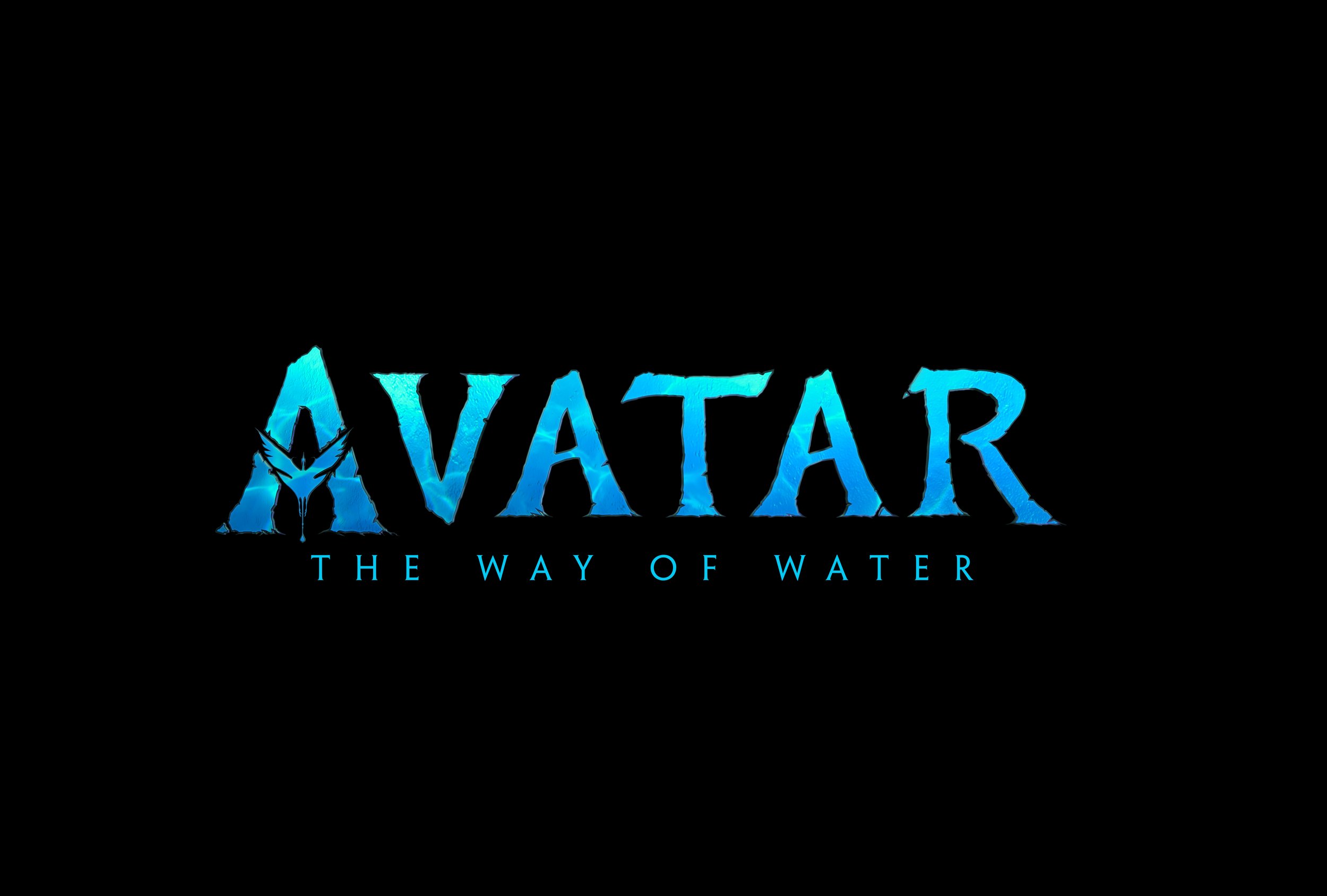
Avatar: The Way of Water
Design | VFX
Building off of our experience working on James Cameron’s 2009 blockbuster Avatar, Cantina continued the collaboration on Avatar: The Way of Water with production designer Ben Procter to conceptualize detailed graphics and stereoscopic holograms to populate the world of Pandora and the RDA.
We were brought on early in the process to help lay out the sets and block the action so that the human and CG characters could properly interact with the graphics and the holograms. This was particularly important for the enormous HoloFloor which James Cameron conceived for the RDA’s new Ops Center. Having the designs in place, at a high level of design fidelity, enabled Cameron to better understand how the various elements were going to be used compositionally to best communicate the story.
One distinctive aspect of this project was that Cantina had a team embedded within the Lightstorm art department to help ensure direct and efficient communication with the production designer, concept artists and virtual production teams. This also enabled us to explore the ideal stereoscopic representation of our graphics throughout the film, using unique tools and screening rooms found at Lightstorm. During live action photography in New Zealand, the production’s SimulCam technology allowed our graphics to be live comped into the camera monitors, informing actor interactions and on-set lighting.
Another unique challenge was that the scope of our work included not just Avatar: The Way of Water but also the following sequel film. This was necessitated by the concurrent performance capture and live action photography of the second and third Avatar films, and added significantly to our design footprint and opportunity.
A World Within A World
With live action once approved by the Production team, our designs and animations were delivered as Nuke project files, After Effects project files and other proprietary formats to WETA for implementation, ensuring the film’s final graphics looked as close as possible to the designs we created with the art department team.
OPS CENTER (Complex HoloFloor graphic layouts including floating UI systems and planetary data representation / Operational graphics and UI for various console types / Hero character interaction design)
NEUROLAB (Immersive holographic brain interface / Medical graphics and UI for console control systems / Hero character interaction design)
SHIPYARD FACTORY (Holographic control UI for metal 3D printing system)
DIVE MASK (HUD)
DATAPADS AND PERSONAL HOLOGRAMS (UI and content for a variety of portable transparent-screen and holographic data devices)
VEHICLE AND WEAPON UI (Complex transparent and holographic HUDs for SeaWasp and Kestrel aircraft, Matador and Picador boats, Mako and Crabsuit submersibles / Weapon HUDs for heavy mounted armaments / AR scope reticles)
SEA DRAGON (Bridge holotable UI, Console UI systems and generic content / Surveillance video station UI scheme / Tulkun Drill interface and sequence)
Credits List
Client Lightstorm Entertainment
Design Supervisor Andrew Hawryluk
Design Supervisor Nate Jess
Executive Producer Sean Cushing
Artists Aaron Eaton, Alan Torres, Alex Liou, Carly Cerquone, Cisco Torres, Harumi Yoshida, Nicolas Lopardo, Raphael LaMotta

